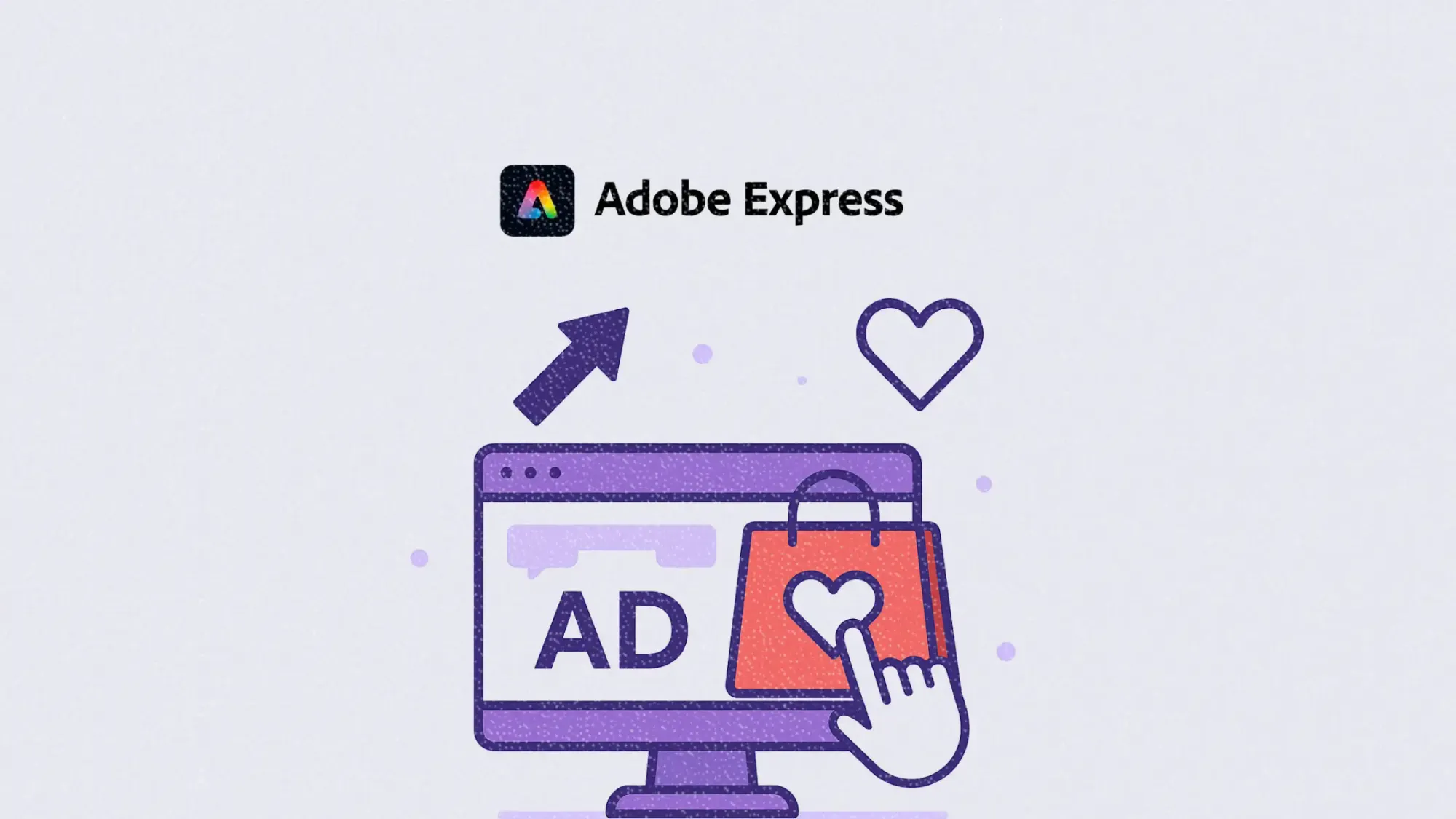Americans click fast, feel big: Adobe study reveals what really drives ad conversions
Adobe's latest report exposes how US consumers react to ads—emotion wins, and trust in influencers is rising.

Online ads might be ubiquitous, but do they actually convert?
A new study from Adobe Express sheds light on how consumers in the US and UK react to digital advertising—and the findings have real implications for marketers navigating today's attention economy.
This article explores Adobe's key insights, why US consumers are more emotionally reactive to ads than their UK counterparts, and how marketers can rethink ad creative and placement strategies based on this data.
If your ad performance has hit a plateau, these findings may explain why—and offer clues on how to turn that around.
Short on time?
Here’s a table of contents for quick access:
- What the Adobe Express study found
- Why emotions convert: unpacking the American ad response
- What marketers should do next: actionable insights

What the Adobe Express study found
Adobe Express surveyed over 1,000 consumers across the US and UK to understand how people engage with online ads, influencer content, and ad blockers. Here’s what stood out from US respondents:
- 1 in 4 Americans make instant purchases after seeing online ads, especially on social platforms.
- 66% are more responsive to emotional ads than their UK counterparts, with women leading the charge.
- 21% of Americans trust influencer endorsements, more than double the UK figure.
- 67% use ad blockers, but many disable them for premium content access.
The study reveals a paradox: while many consumers are actively avoiding ads, a substantial portion still act on them—immediately—when the right elements are in play.
Why emotions convert: unpacking the American ad response
The most striking finding is that American consumers are 66% more likely than Brits to respond to emotional advertising. For marketers, this means generic, logic-driven messaging may fall flat, while storytelling, relatability, and resonance can tip the balance.
This emotional pull also ties into the higher trust in influencer marketing in the US. Influencers often lead with personal narratives and aspirational cues, which may explain their greater sway in American markets.
And while 67% of Americans deploy ad blockers, the study suggests many are willing to disable them in exchange for value—such as exclusive content or premium features.
This supports a growing industry truth: users aren’t anti-ad; they’re anti-bad-ad.
What marketers should do next
To tap into these behavioral shifts, here are four strategic plays marketers can test:
1. Lean into emotional storytelling
Create campaigns that focus on authentic stories, struggles, or aspirations. Emotional resonance is driving conversions—especially for female audiences.
2. Collaborate with trust-first influencers
Leverage micro- and mid-tier influencers with high authenticity ratings over celebrity names. Trust matters more than reach in the US market.
3. Design ads with opt-in experiences
If you're running ads behind paywalls or on platforms with content gates, highlight what users gain by disabling blockers—from exclusive discounts to bonus content.
4. Track impulse behavior pathways
Use attribution tools to identify which ad types or creatives drive instant purchases, then reverse-engineer your strategy around those triggers.
The broader takeaway? Emotion, trust, and opt-in utility are the new pillars of ad performance. US consumers are ready to buy—but only if you speak to their values and make the interaction worth their time.
For marketers targeting US consumers, this Adobe Express study is a wake-up call: emotional storytelling isn’t just a nice-to-have—it’s a core driver of conversions.
When 1 in 4 Americans are willing to buy something on the spot after seeing an ad, the opportunity is too big to miss. But it’s not just about making them feel something—it’s about earning trust, delivering real value, and creating opt-in moments.
Smart marketers will use these insights to build campaigns that don’t just reach audiences—they’ll move them to act. As always, stay adaptive. Because when attention is fleeting and emotions run high, your best chance at ROI is a strategy grounded in empathy and data.




